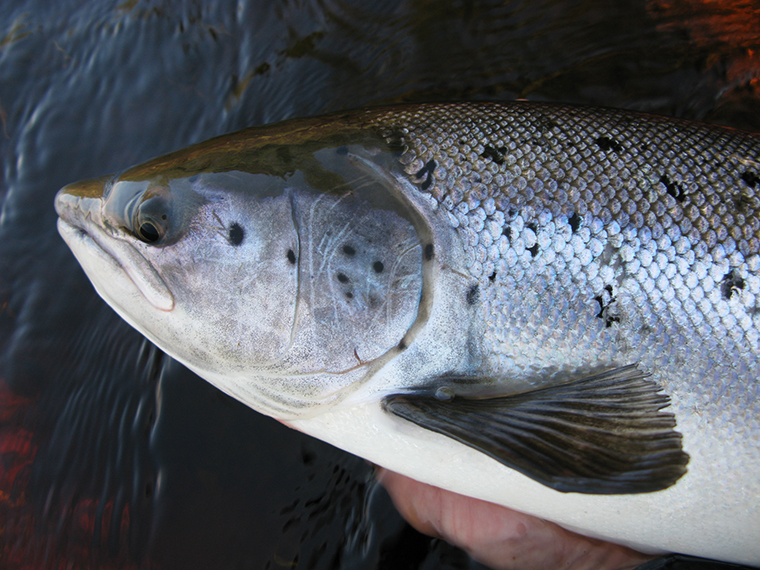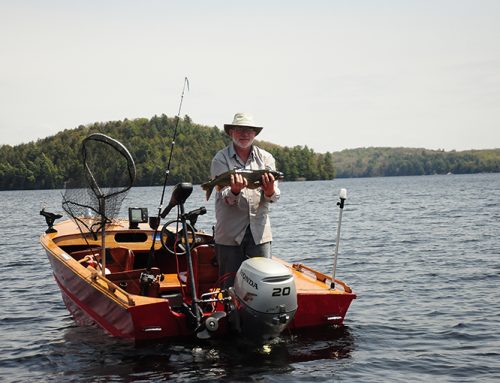
The largest DNA fish survey ever attempted was launched at The Great Lakes Institute for Environmental Research (GLIER) at the University of Windsor earlier this month.
The four-year $9.1-million GEN-FISH project (Genetic Network for Fish Identification, Stress and Health) will identify fish populations and assess their health.
Conservation and fish management will be improved using advanced genetic tools. It’s part of a Genome Canada federal investment of $117 million in regional genome centres across Canada.
Genetic approach used
“Part of the problem of managing or conserving fish is you can’t see them because they are under water,” said GLIER scientist and lead investigator Dr. Daniel Heath, explaining how the funding will determine what fish are in the water and how healthy they are.
Heath added that the “genome” is the total of all the DNA information contained in each cell of most living organisms, including all fish.
“Our project will use that information to make managing and conserving freshwater fish more efficient and effective,” he said, noting how tools will be developed to evaluate environmental DNA (eDNA) shed by fish daily.
“We filter water, capture this DNA and use the genome information to identify which species are in the water. The second application is to use genes related to fish health to determine if individual fish are healthy, stressed or sick,” he said.
Fisheries will improve
Trevor Pitcher, associate professor, GLIER, said the funding will be used to develop technology in the lab and then field test it.
“This is going to improve a lot of the fisheries, (such as) the recreational industry,” said Pitcher. “For example, people who enjoy catching salmon are really going to benefit because this tool will improve our understanding of the distribution of these fish in different lakes.”
The development of this new eDNA technology will allow managers and conservation agencies to better monitor and manage the more than 200,000 lakes in Ontario. Researchers will then be able to use eDNA to screen for abundance of a variety of species and also monitor for invasive species.
Traditional methods would not allow for such a broad scope of coverage. Additionally, eDNA can be used to more effectively deploy staff to lakes where freshwater fish populations have plummeted.
Ottawa contributing $41.2M
Twenty-five researchers from 13 universities along with 110 undergraduate, graduate, and doctoral students will take part in this environmental DNA program.
Of the $117 million, $41.2 million will come from Ottawa. An additional $75.8 million will be invested by the provinces, and business and research partners.
Work key: OFAH
“We’re excited that a lot of the work will be happening in Ontario,” OFAH Manager of Conservation Programs, Chris Robinson, said. “It will be helpful for a lot of the programs the OFAH is involved with, such as the Lake Ontario Atlantic Salmon Restoration Program and Community Hatcheries program. It will also be helpful in management of low abundance species such as muskie and lake sturgeon.
We look forward to this becoming another tool in fisheries management in Ontario, but we will be watching to ensure this doesn’t lead the province to spend less money on fisheries research but rather the same amount on more monitoring,”






Leave A Comment